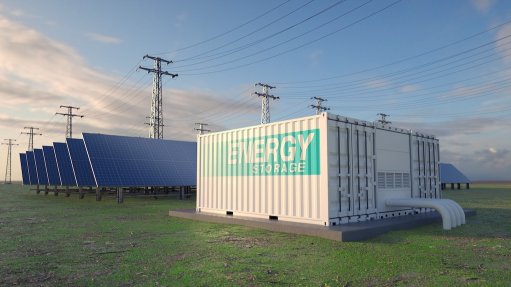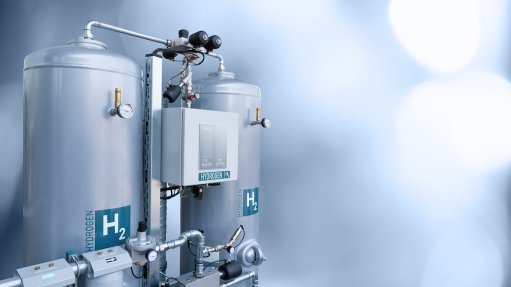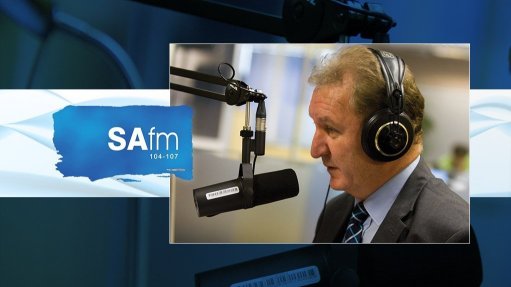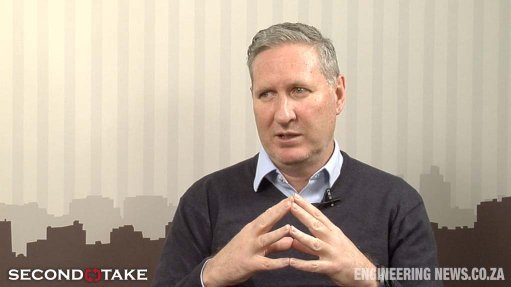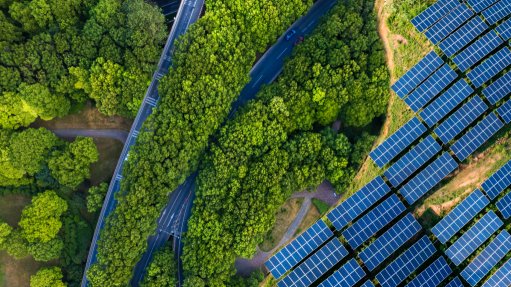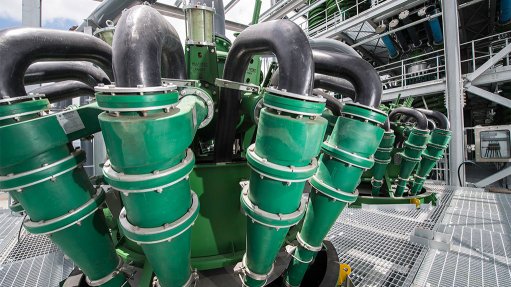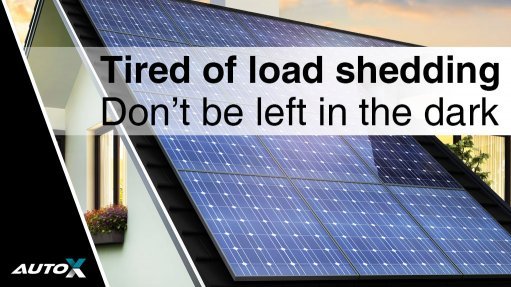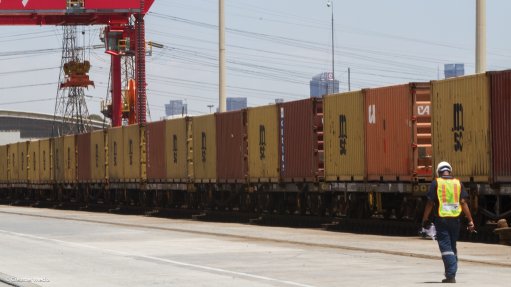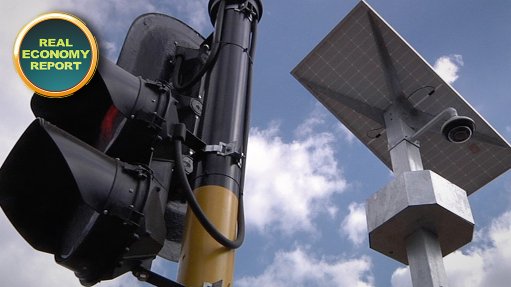The importance of surge protection in the lightning protection arena
This article has been supplied.
By Ivan Grobbelaar, Senior Engineer, DEHN Africa
In order to understand the need for surge protection, it is important to understand how lightning causes damage. The sources of lightning damage are quite different, and we use different types of mitigation techniques and equipment to protect different items.
There are two areas of concern when evaluating a building or structure, namely the structure itself, and all incoming cables, meaning IT equipment as well as power. From this, the four sources of damage are derived, as per the following possibilities:
-
Having a lightning strike directly to the building, or
-
Near the building, or
-
Directly to an incoming line, or
-
Near the incoming line.
Nearby strikes cause lightning surges. In striking neighbouring buildings, surrounding objects or areas next to incoming lines, the lightning current coming down generates a magnetic field, which is cast over the structure or lines. This magnetic field that is cast generates an induced current on the incoming line or on the cables inside the structure. To prevent resulting damage to electrical equipment, we use surge protective devices (SPD) to reduce the induced effects of lightning. To prevent burning or mechanical damage, we attempt to avoid direct strikes to a structure by means of a system of lightning rods, also known as external lightning protection.
By installing external protection, you will protect yourself from structural damage, but this will not necessarily prevent your electronic equipment from being damaged (for example TVs, internet routers and appliances such as kettles, fridges, microwaves and so on). Therefore, in order to protect equipment, you need surge protective devices.
The calculation from the SANS 62305-2 standard to evaluate the risks are as follows:
-
The area to be considered for direct strikes is a radius around the structure, which is three times the height of the structure,
-
The area to be considered for surges is a radius of 500m around the structure and can be up to two kilometres away in both directions for incoming lines.
Comments
Press Office
Announcements
What's On
Subscribe to improve your user experience...
Option 1 (equivalent of R125 a month):
Receive a weekly copy of Creamer Media's Engineering News & Mining Weekly magazine
(print copy for those in South Africa and e-magazine for those outside of South Africa)
Receive daily email newsletters
Access to full search results
Access archive of magazine back copies
Access to Projects in Progress
Access to ONE Research Report of your choice in PDF format
Option 2 (equivalent of R375 a month):
All benefits from Option 1
PLUS
Access to Creamer Media's Research Channel Africa for ALL Research Reports, in PDF format, on various industrial and mining sectors
including Electricity; Water; Energy Transition; Hydrogen; Roads, Rail and Ports; Coal; Gold; Platinum; Battery Metals; etc.
Already a subscriber?
Forgotten your password?
Receive weekly copy of Creamer Media's Engineering News & Mining Weekly magazine (print copy for those in South Africa and e-magazine for those outside of South Africa)
➕
Recieve daily email newsletters
➕
Access to full search results
➕
Access archive of magazine back copies
➕
Access to Projects in Progress
➕
Access to ONE Research Report of your choice in PDF format
RESEARCH CHANNEL AFRICA
R4500 (equivalent of R375 a month)
SUBSCRIBEAll benefits from Option 1
➕
Access to Creamer Media's Research Channel Africa for ALL Research Reports on various industrial and mining sectors, in PDF format, including on:
Electricity
➕
Water
➕
Energy Transition
➕
Hydrogen
➕
Roads, Rail and Ports
➕
Coal
➕
Gold
➕
Platinum
➕
Battery Metals
➕
etc.
Receive all benefits from Option 1 or Option 2 delivered to numerous people at your company
➕
Multiple User names and Passwords for simultaneous log-ins
➕
Intranet integration access to all in your organisation






